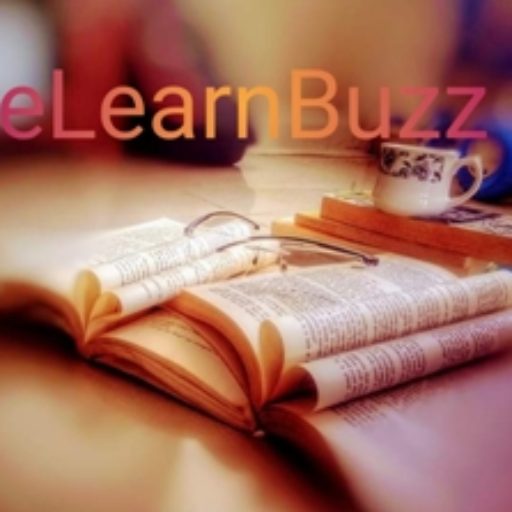Single Digit Subtraction Worksheet for Class-1
Dear readers, this is the Single Digit Subtraction Worksheet for Class-1 (Grade-1) students. The worksheet contains simple single digit subtractions without carry. The student of UKG can also use this worksheet. Please use “Download” button to download free pdf of this worksheet. Read – Cardinal Number and Ordinal Number Single Digit Subtraction Worksheet for Class-1…
